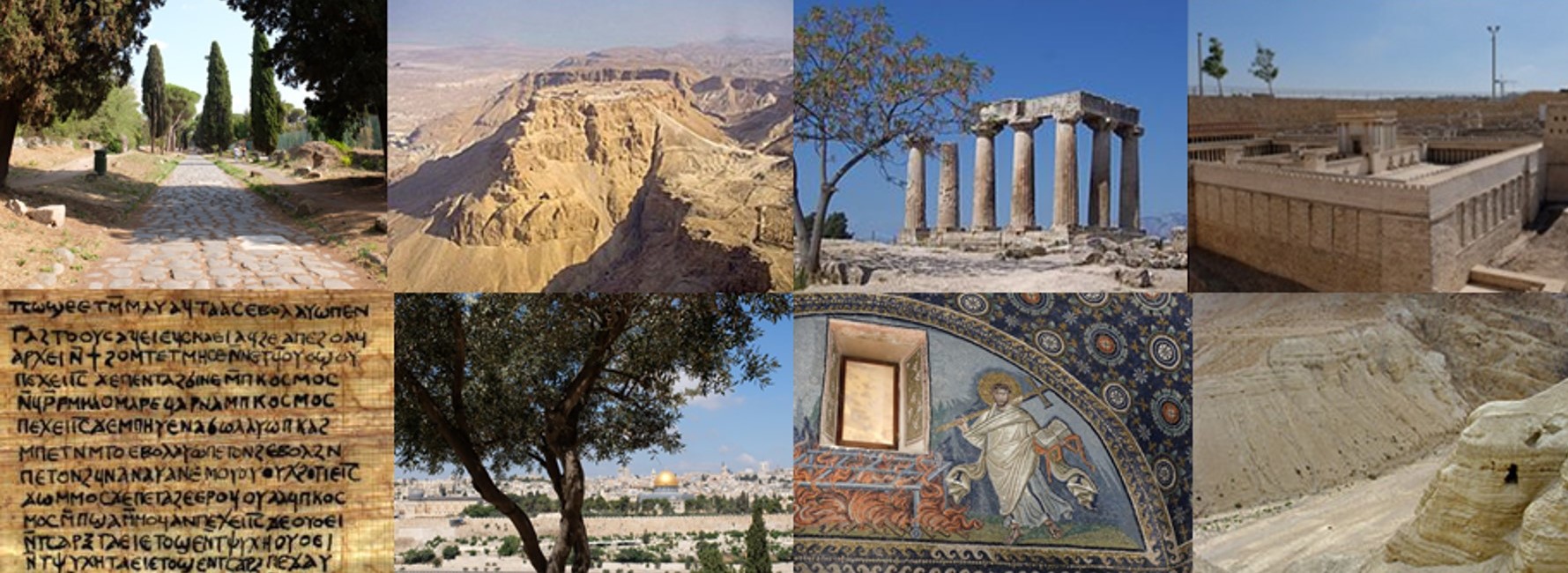The British New Testament Society is delighted to announce that one of our plenary papers will be freely available on Zoom to anyone who wishes to hear it. This will be by Professor Hugh Houghton of the University of Birmingham, on ‘New Light on the Oldest New Testament Catena Manuscript’. The abstract is below. It will take place on Friday 4 September 2020 at 8 pm UK time. If you wish to join in this session, please email the Society’s Secretary, Prof Steve Walton (secretary@bnts.org.uk), to request the Zoom link. The session will not be recorded, so it is only available ‘live’.
Abstract:
Two hundred years ago on the island of Zakynthos, the British and Foreign Bible Society was presented with a manuscript which turned out to be two documents in one. On the face of it, the book was a Byzantine Gospel lectionary copied in the thirteenth century. Yet it was soon realised that this liturgical Bible was written on pages from a much older book, whose parchment had been reused as a palimpsest. The remaining traces of the original writing showed that the erased text was a commentary on the Gospel according to Luke in the format known as a catena, a compilation of extracts from early Christian writers. Although the gospel text was published in the nineteenth century—and shown to be an important early witness to the text of Luke—the rest of the manuscript has remained largely unstudied.
Following the acquisition of Codex Zacynthius by Cambridge University Library after a nationwide campaign, the Arts and Humanities Research Council funded a research project at the University of Birmingham from 2018 to 2020 to produce a digital edition of the manuscript. Multispectral images created from high-resolution digital photographs have enabled the recovery of the full text of the original document for the first time, along with a complete transcription of the lectionary and the first-ever English translation of a catena. The commentary turns out to be a key source for the preservation of extracts from Severus of Antioch, who was condemned as a heretic, and has enabled the identification of previously unknown sources. The lectionary, meanwhile, opens a new window on Byzantine book production through a series of marginal comments written by its newly identified copyist, abbot of a monastery in Rhodes. This presentation will describe the work and findings of the project, and introduce the new digital edition and open access studies of the manuscript.

